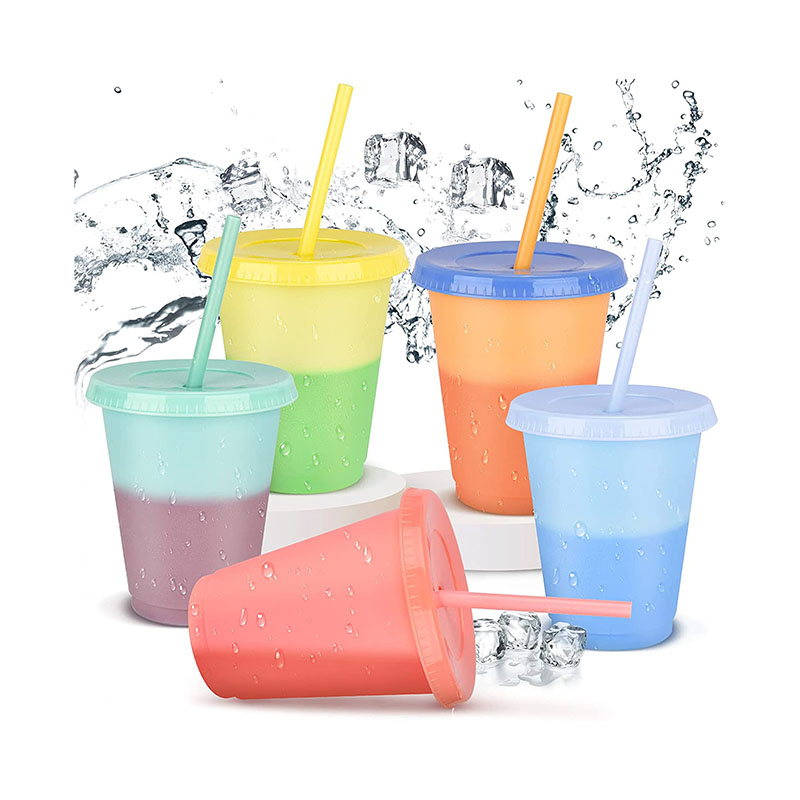With the rapid development of the Internet, it has not only shortened the distance between people around the world, but also integrated global aesthetic standards. Chinese culture is loved by more countries around the world, and different cultures from other countries are also attracting the Chinese market.
Since the last century, China has become a global OEM country, especially in the water cup industry. According to statistics from a world-renowned data company in 2020, more than 80% of the world’s water cups of various materials are produced in China. Among them, the production capacity of stainless steel water cups directly accounts for more than 90% of the total global orders.
Starting from 2018, the water cup market has begun to see the production of creative patterns, but the main sales destinations for water cups with large-area patterns are still the European and American markets. Different processes and inks are used to print patterns on water cups made of different materials. Do the inks used for printing on water cups need to be tested when exported? Especially in the European and American markets, is this requirement very strict and necessary?
It is required by international standards that the ink must reach food grade, but not all European and American buyers will explicitly mention it, and many buyers will ignore this issue. Many people think inertly. On the one hand, they believe that ink will not be harmful or seriously exceed the standard. At the same time, this issue is relatively vague in the European and American markets. The second is that the ink is printed on the outer surface of the water cup and will not come into contact with water and will not be exposed to people when drinking water.
However, some world-renowned brands in Europe and the United States are still very strict on this issue. When purchasing, they will clearly state that the ink must pass FDA or similar testing, must meet the food grade required by the other party, and must not contain heavy metals or harmful substances.
Therefore, when exporting or producing water cups, you should try not to use substandard inks for production. At the same time, consumers should also pay attention. Once they find that the printed pattern on the water cup is printed at the mouth of the cup, it will cause mouthache when drinking water. If this is not the case, if the manufacturer does not clearly provide ink properties, try not to use it.
Post time: Apr-10-2024
